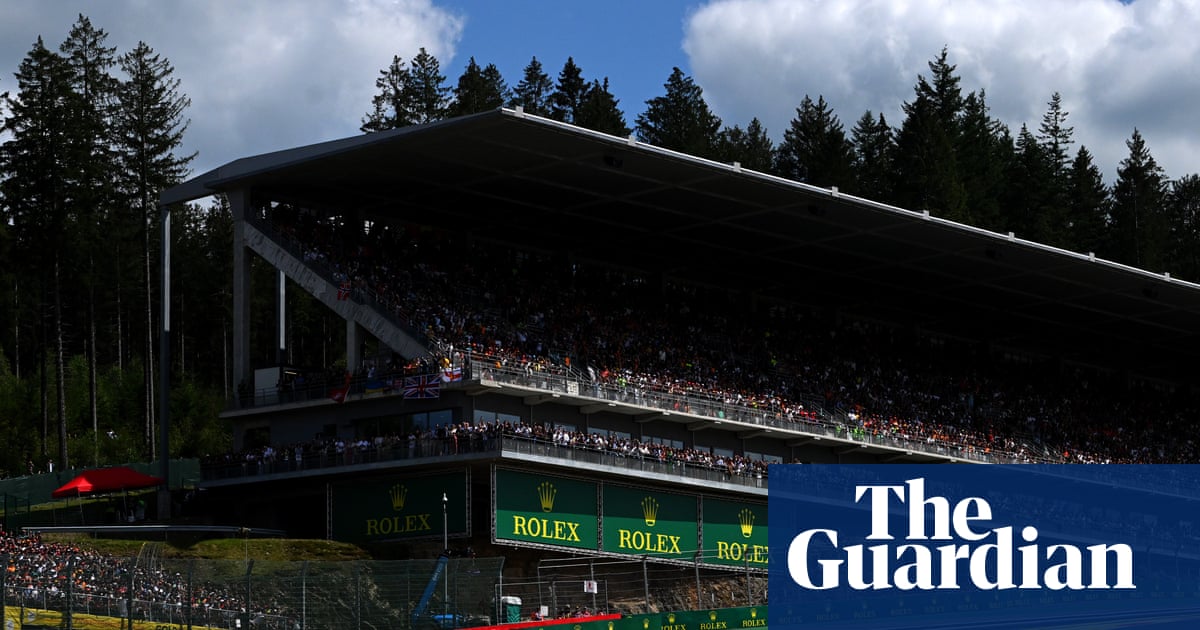
"Since its debut on the calendar in 1950, Spa has carved itself into F1 folklore. Mika Hakkinen's audacious double overtake on Michael Schumacher and Ricardo Zonta in 2000 is one of the sport's most celebrated moves."
"At 7km long with 19 corners, Spa is the longest track on the calendar and home to some of F1's most distinguished features. Nowhere is this clearer than at Eau Rouge and Raidillon, a sweeping blind uphill left-right kink that rewards precision and bravery in equal measure."
"In 2019, Formula 2 driver Anthoine Hubert died at Raidillon following a high-speed multi-car collision. Four years later, 18-year-old Dutch driver Dilano van 't Hoff was killed at the same corner during a Formula Regional race, this time in treacherous wet conditions."
"With growing concerns about safety, Spa responded with changes in 2022: gravel traps were reintroduced, barriers were moved, and some runoff areas widened. But critics argue the changes did not go far enough to address the corner's inherent dangers."
Spa-Francorchamps, a captivating venue for the Belgian Grand Prix, has been integral to Formula One since 1950. Noteworthy moments include Mika Hakkinen's double overtake and Max Verstappen's comeback from 14th to victory. Spanning 7km with 19 corners, its most signature section is Eau Rouge and Raidillon, renowned for its exhilaration and danger. Tragedies occurred here with the deaths of drivers Anthoine Hubert in 2019 and Dilano van 't Hoff in 2023 during wet conditions. In response, Spa implemented safety modifications in 2022, although critics remain concerned about potential risks.
Read at www.theguardian.com
Unable to calculate read time
Collection
[
|
...
]